Looking back over these past 50 years, I can clearly indicate three decisions made that uniquely determined the subsequent course of my life.
Milestone 1
1961
I left Harvard Law School after three months to resume piano studies, at Mannes College of Music in New York City.
Milestone 2
1963
Rehearsed/performed my required graduation recital for a small group of patients at Manhattan State (mental) Hospital. The perceived success by staff attending and my personal satisfaction led to their recommending I visit Essex County Overbrook Hospital, NJ which had a full fledge music therapy program. I played for the director, Myrtle Fish Thompson who was so impressed, she suggested I develop a series of different programs, which I did, returning every two weeks.
1964
I married Ruth Albert who was studying piano at Mannes College when I was there. She became a pillar of support and help; first, in the tedious task of writing thousands of foundations, and also participating as a second pianist performing four hand music at a single piano.
1964-1966
I developed and performed a series of weekly concert/lectures for patients in other mental hospitals. The long-term institutionalization of these patients meant they could attend an entire series which built in increasing complexity of music.
I would do a circuit of hospitals throughout the week.
1966
Secured funding from two foundations: Maya Corp. and van Ameringen Foundations, and began performing full time to give weekly series of concert-lectures at state mental hospitals in the Greater NYC area. For my trips to those with expansive lawns, I brought my dogs. Their one and only “performance” was a huge success.
Milestone 3
1967
I secured the donation of two hundred tickets to a performance of the Musicians Union Local 802 Senior Musicians Orchestra at a Sunday afternoon Concert at Carnegie Hall. I invited patients from my audiences at five area State mental hospitals. After the concert, as they were leaving, descending the steps which Carnegie Hall had at that time, one patient usually catatonic (from Kings Park State Hospital) saw me, turned and SMILED. At that moment I knew what my mission/calling was to be: taking as many patients as possible out of these gargantuan human warehouses to participate in the vibrant stimulating cultural life of NYC. (At that time these hospitals had from 3,000 to as many as 10,000 patients each, behind closed doors. It was also the time when psychotropic medications began to be used enabling thousands of patients institutionalized for 10, 20, 30, 40, 50 yrs.!! to be discharged to community settings, to which the organization extended its services.
1968
Dr. Bertram Pepper, NYC Regional Director of the New York State Department of Mental Hygiene, wrote and secured a one year grant from the Maya Corporation enabling me to incorporate “Hospital Audiences, Inc.” and secure its federal tax exemption. I had concluded that this mission could only be accomplished by a free-standing organization rather than one housed by another because none would agree to take the “risks” of mainstreaming thousands of institutionalized mentally ill into the general public.
1969
January
Sitting at my dining room table in the Upper Westside of Manhattan, I began to telephone Off Broadway, then Broadway shows for the donation of complimentary tickets, in other words, “comps.” Began arranging for small groups in vans (16 people) to attend Off Broadway productions. Then began reaching out to Broadway shows for 40 (busload) comps usually for the “off” nights…Tuesday, Wednesday, Thursday.
By spring, the rock palace, the Fillmore East, began donating 200 tickets for Friday and Saturday night performances. Once, when patients were getting onto their bus, for the return trip, one patient, observing with dismay the hippie street life exclaimed to me (“and they call US crazy?!!!!”) (If a bus came with 40 and left with 39, the trip was a “failure.” If they came with 40 and returned with 41 they considered it a “success.!!!” ) Patients who had been institutionalized for decades were now being treated to “a night on the town.”
Systematically secured from participating institutions detailed letters of feedback…who went, (type of patient…age, diagnosis, years in hospital) verbal feedback, and observations of the patients upon return. Hundreds of letters were secured and forwarded to the major foundations whom I had already approached for seed grants. By Spring, as the initial funding for the year from the Maya Corporation was now down to $200 in my savings account, I sent a simple note to all funders approached: “down to $200; now or never!” and my signature. All came through. That spring, Hospital Audiences, Inc. directly received its first seed grants from the Ittleson Family Foundation, the van Ameringen Foundation, the New York Foundation, the New York Community Trust, and later, the Rockefeller Brothers Fund.
Before viewing the organization’s history through the timeline that follows, I present an overview to give an idea of the scope of the first four decades, measured by the number of people reached through “direct” services., in other words, attending events…both “outside” and “inside.”
In the first 40 years an aggregate audience was reached
12,555,686 People participated in programs through 410,995 Events
Including
2,710,591 Attending theatres, concerts halls, special events
9,845,095 Attending performances, concerts, prevention education, and arts workshops, on site at, human service settings
August
Attended, backstage, The Woodstock Festival.
September
Secured first office for the organization, a walk-in doctor’s office at 19 E. 88th “Employer” I hire first employee, Sally Sternbach, who, in those early days, ran the show while I did development.
My daughter Joanna was also born.
1970
Exxon provided major assistance; moneys to hire a first volunteer coordinator, Elizabeth Mallory Hite, and designed and published 10,000 copies of the organization’s first brochure which won many design awards.
Organization received high-profile coverage from The Wall Street Journal, the Los Angeles Times, and The Washington Post. (All articles open in a new window.)
1971
May
Organization secured first major public funding: a contract with the NYC Department of Mental Health. This agency became and remains, the organization’s prime sponsor. The key word here is “major” because the first governmental funding was actually a grant years earlier from NYSCA (the New York State Council on the Arts) through the Ghetto Arts Program funding dedicated to hiring minority performers.
June
Organization bussed the cast of “Sesame Street” was bussed to Willowbrook State School on Staten Island. (This facility for people with retardation and developmental disabilities was being bombarded relentlessy by TV newscaster Geraldo Rivera.) Besides bringing boundless joy to the audience, I received the personal gratification of bringing my brilliant precocious 2½ year old daughter for the experience…of having her sit on the lap of this gentleman who when he talked she blurted “You sound like Big Bird!!” It was… Caroll Spinney. She later took a picture with the actual Big Bird and received a feather as a souvenir.
[one_half last=”no”] [/one_half][one_half last=”yes”]
[/one_half][one_half last=”yes”]
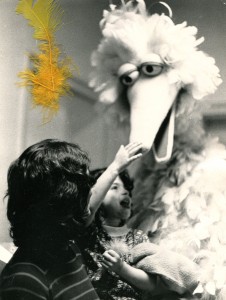
[/one_half]
We also moved to the second, considerably larger offices at 1974 Broadway (& 68th) and expanded work with drug treatment/prevention programs and with NYC and State Correctional facilities (see New York Times coverage; article opens in a new window).
1972
Received a staffing grant from the National Endowment for the Arts to advise other communities across the country interested (result of national news coverage) in starting similar services.
July
HAI was asked to present the first outdoor event on July 4th, jazz artist Archie Schep, since the riots none months earlier at Attica State Correctional Facility. Midway through the riots the organization presented a previously scheduled performance of Olatungi African Dancers. The warden thanked the organization for keeping things calm as word of the bloody uprising flooded the media.
1976
Moved to 1540 Broadway, in Times Square: the Loews State Building. Had entire 7800 sq. ft. floor. and remained there for a decade.
The first symposium of an eventual four was held at The Rockefeller Foundation on “The Healing Roles of the Arts”. (Click for a list of symposium participants; article opens in a new window).
Another would follow a year later, again in NYC; years later, two were held at the Rockefeller Foundation Center in Bellagio, Italy. Two ” Working Papers” were published: one on the U.S. conferences, the other on the European Conferences. Howard Klein of The Rockefeller Foundation was the inspirational visionary who empowered me to organize them, and who hosted and made possible all four as well as the two subsequent publications of these proceedings.
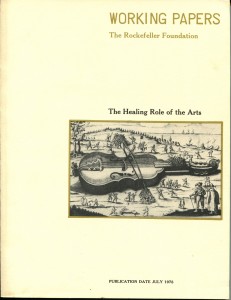
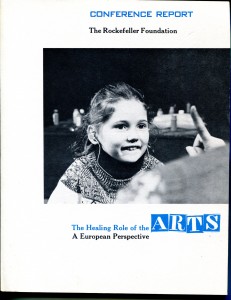
View the HAI “People Who Care” video (runs 29:48):
Summer
The organization sought and secured two sponsors, Hoffman- LaRoche and the W.T.Grant Foundation, to make a film about its work. The film has four segments: a gospel performance in a rehabilitation facility; a segment of Miguel Pinero’s “Short Eyes” for an invited youth audience; performance by Grady Tate for inmates of NYS Greenhaven prison; and concludes with an excerpt of Beethoven’s Ninth Symphony’s “Ode to Joy” performed by the duo pianist team of John and Richard Contigulia. (A high point is the editing by Theo Kameke.) After the first invitational screening Howard Klein of The Rockefeller Foundation was so moved he asked for and subsequently funded a (sponsored) distribution with moneys for reprints and a consultant to target and expand the mailing list for the announcement of availability.
Organization secured a $300,000 multi-year grant from the federal Administration on Aging to study the impact of its services on targeted skilled nursing facilities in NYC. Columbia University’s Department of Geriatric Research was subcontracted to design and implement a formal Impact study. Lynn Kable was hired to administer the grant/program and subsequently became a pillar of supprt/energy for the organization.
1978
Organization was one of a “handful” of NYC organizations that received a C.E.T.A. VI grant whose purpose it was to hire 50 unemployed visual/ performing artists. (see article; opens in a new window)
1979
Summer
Organization was asked by the Corporate Special Projects Fund of the New York Community Trust to study the feasibility of bringing large numbers of frail elderly and individuals with disabilities to the outdoor summer concerts by the New York Philharmonic and Metropolitan Opera in city parks. (See New York Times article; open in a new window) Program became operational the following summer, and 30 years and 100,000 participants later, received a Mayoral Proclamation (opens in a new window) read from the stage at a summer concert.
October
Organization hosted two guests from de Zonnebloem, an organization in Holland providing a wide array of services to homebound elderly, including outdoor trips on special stretcher beds. Subsequently, organization sought and received 10 such stretcher beds.
1982
October
Organization arranged an afternoon performance by members of the cast of “Nine” at Savoy dinner theater in Times Square. The invited patient audience of hundreds includes bed bound individuals, who were transported by volunteered military ambulances. These guests emerged from them agitated and complaining about the windowless hour’s trip. They were brought in on military stretchers and transferred to the comfortable stretcher-beds awaiting them in front of the stage. In December we returned and presented a Xmas show. (See newsletter article; opens in a new window)
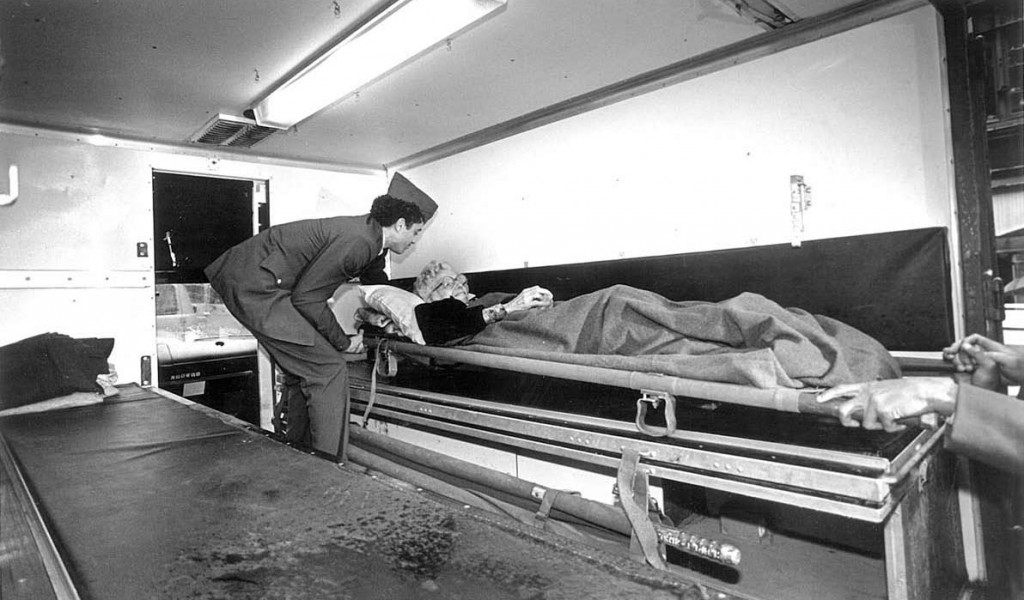
Summer
Organization used stretcher beds for the first time at the outdoor summer concerts of the Metropolitan Opera and NY Philharmonic.
1984
Summer
Organization was provided the 46th Street (Broadway) Theatre for its Fifteenth Anniversary, I conceived of and arranged an afternoon performance featuring Glenn Close and Jeremy Irons narrating Ogden Nash’s witty verses set to Camille Saint-Saens “Carnival of the Animals.” It was composed for a small musical ensemble that used two pianos for which I hired my colleagues, the duo piano team of John and Richard Contigulia. For the second half of the program I then used their talents for a rare performance of Bela Bartok’s (mysterious) Sonata for Two Pianos and Percussion. One could “hear a pin drop.” So attentive were the 1600 mental-patient-audience to the “hypnotic” experience. One of the proudest moments of my career: a judgment call that this particular audience would be mesmerized.

December
Organization’s lease expired and moved to its new offices to 220 W 42nd Street in the heart of Times Square. Supplementing a “traditional move” was a caravan of the stretcher beds used here to transport office files through the streets of Times Square. Organization hosted an Open House evening reception. (see newsletter article; opens in a new window).
1985
February
Whoopie Goldberg made a rare personal appearance for inmates at Rikers Island Correctional Facility.
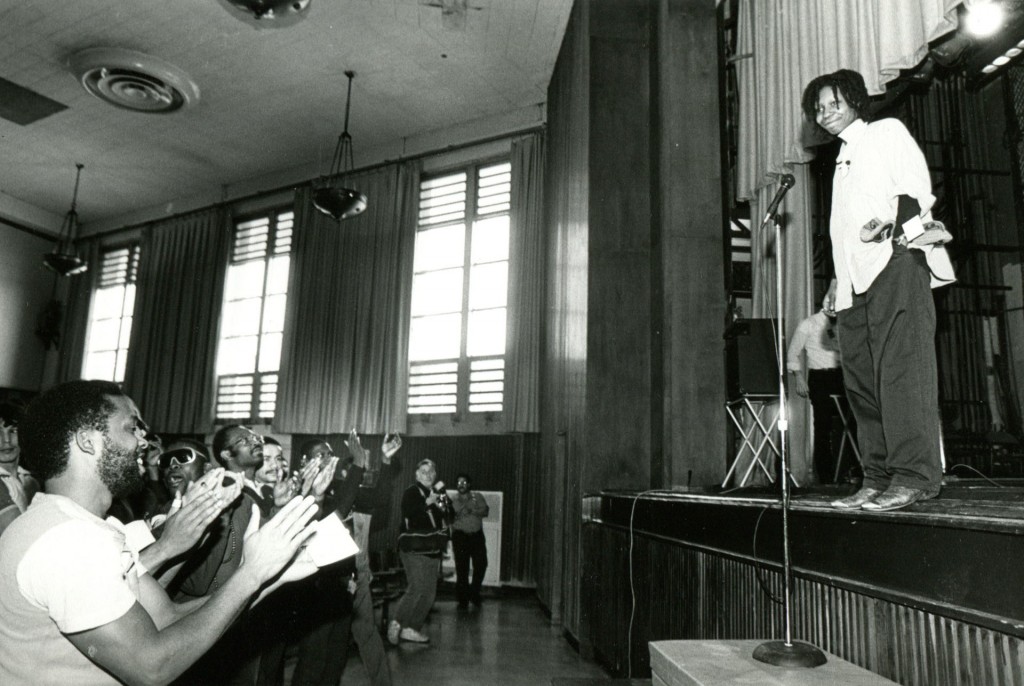
September
Ruth Spencer arranged a rare appearance of “The Band” at the organization’s disco for patients at Studio 54. She had befriended each of them when doing an historic interview/profile series for The Woodstock Times.
November 11
I conceived, organized, and presented a stellar fund-raising concert featuring the music of Serge Prokofieff. It was held at Alice Tully Hall, Lincoln Center. The event was built around a 50th Anniversary commemorative performance of the composers’ “Peter and the Wolf” featuring his widow Lina, (88 years of age!) providing the narration, with the onstage assistance of their son Oleg. I had befriended Madame Prokofieff at a visit with her in Paris earlier that year.
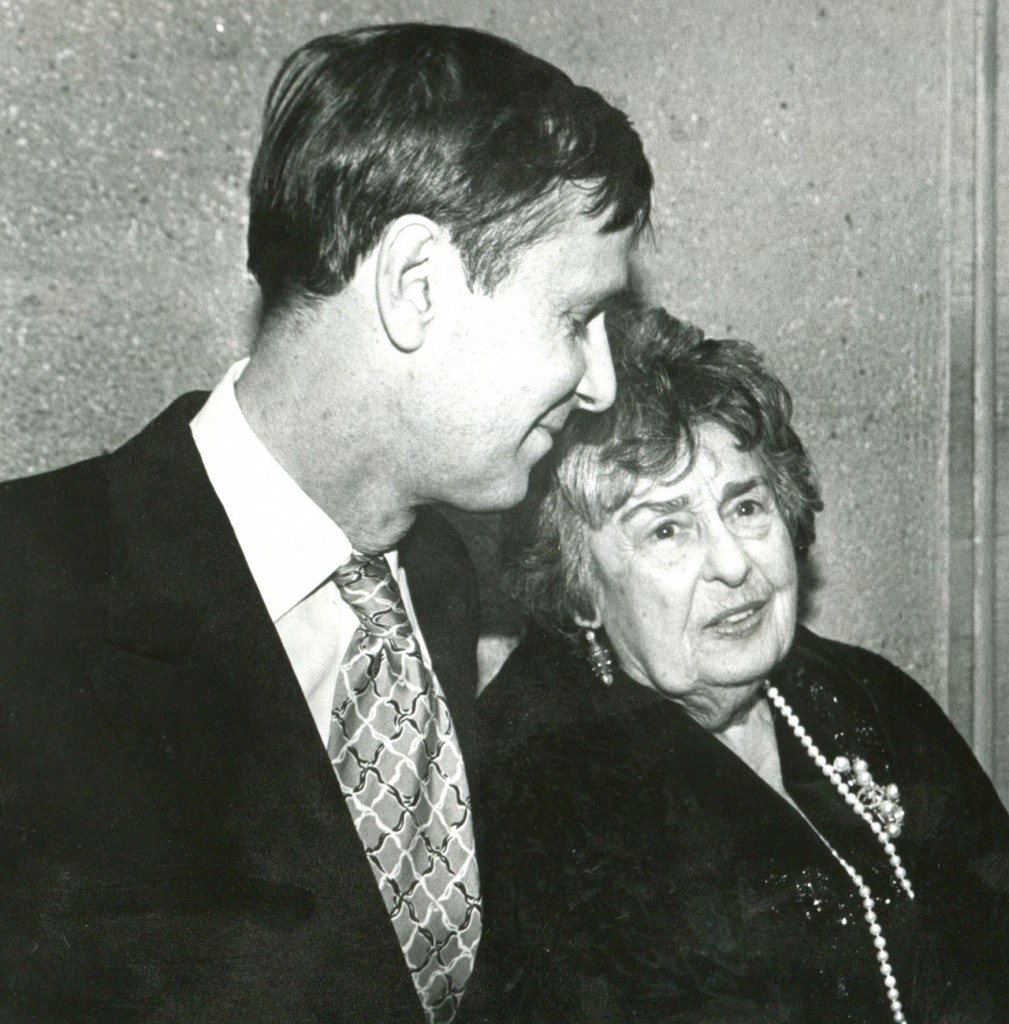
1985-1986
I found a sympathetic ear at the NYC Transit Authority, David Feeley, who helped research and identify a vehicle that could transport the stretchers… with people in them! He concluded that the City’s RTS transit buses could be adapted for this purpose. He helped make the arrangements for HAI to finance and buy from GM one of the hundreds that the City was purchasing. He then arranged for the bus to be driven to The Blitz Corporation (in Chicago) which was adapting hundreds of city buses for handicapped accessibility. A stretcher was sent in advance to Carmen Blizt who concluded that if the handle bars were shortened and fold down seats around the perimter were installed a bit lower than standard, and with a deployable ramp in the back door, four stretchers could be pushed in and turned over the seats and aligned along the sides. A fifth could be in the rear, each strapped to the floor.
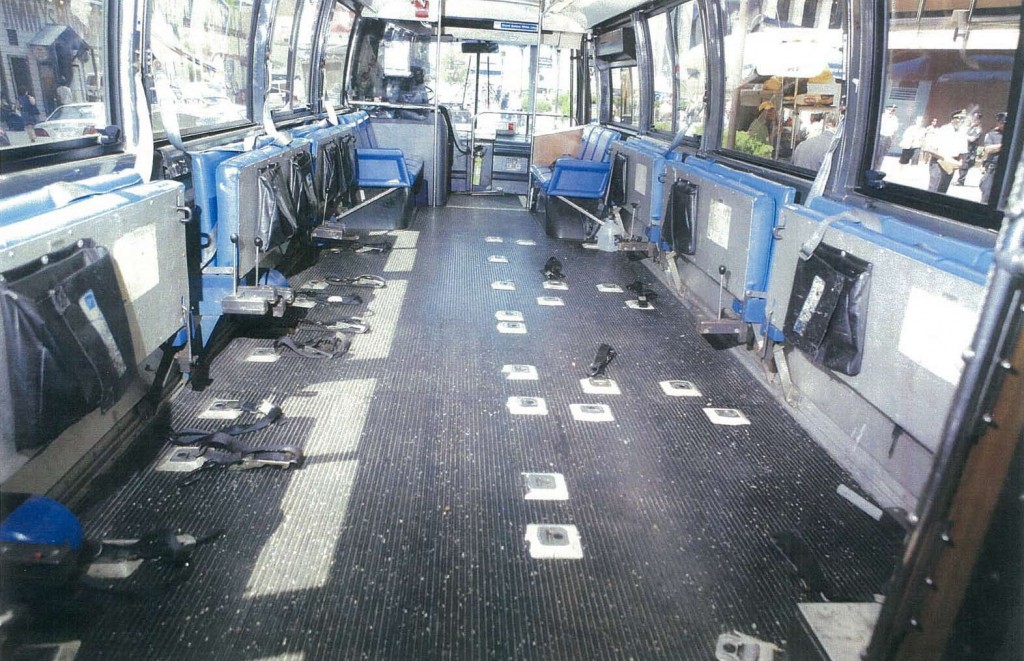
1986
April
The organization’s first “Omni*bus,” made its debut appearance. It was configured so that at a moment’s notice it could be adapted to take five people in the special stretcher beds, or ten people in wheelchairs, or 38 ambulatory patients using the fold down seats along the sides as well as fixed ones over the wheel housings. The Estate of artist Keith Haring approved the use of his iconic figures as decals on the side of the bus. (In the years that followed, the success of this unique vehicle led to the donation of two additional ones priced at their “scrap value.” ). During the first summer months the first “Omni” made trips to artist Mark de Suvero’s studio, the Statue of Liberty, Botanical Gardens, later, Apple picking… all with people in the stretcher-beds.
Testimonial from the St. Albans campus of the Dept. of Veterans Affairs New York Harbor Healthcare System (opens in new window)
HAI Visits Sculptor Mark di Suvero (HAI News, Winter 1986) (opens in new window)
The HAI Omni Bus (HAI News, Spring 1986) (opens in new window)
Please see the slideshow below for more bus photos:
October
Arts & Business Council Encore Award
1989
Proposal submitted to the NYS UDC requesting the award of the (abandoned) Liberty Theater (next door) to the organization which would adapt it to be a Special Performing Arts Center for Everyone ,i.e.The Liberty S.P.A.C.E. (newsletter article; opens in a new window)
1991
Collaboration with WCBS NewsRadio 88 to create the first guide to the physical accessibility of cultural venues of NYC for people with disabilities. (Read newsletter article; opens in a new window)
1992
Organized and hosted conference of arts institutions and people with disabilities to increase access to these venues.
Actress Kitty Lunn joined the board. She is both a performer and an advocate, herself a paraplegic, and provides insights and professional expertise.
1993-1994
A 25th Anniversary Symposium “Hope and Inspiration though the Arts: A Vision of Health, Healing, and Wellness” was held at the Smith Barney Shearson Conference Center. The event was created at the organization by C. Elizabeth Siggins, who also helped with the research and writing of the subsequent monograph “Live Arts Experiences; Their Impact on Health and Wellness.”
Organization receives a glowing anniversary article in the New York Times which says, in part: “In regularly taking people out of all sorts of settings that Hospital Audiences does what no other organization in New York does and it is this — allowing people to escape the monotony of institutional life — that health experts say is the strongest medicine against the assaults of age and illness.”
1999
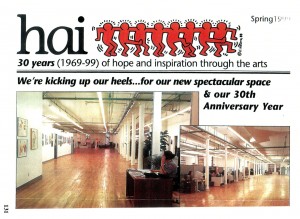 After years of searching and an inspection of hundreds of offices as the organization’s lease was expiring, and with just three months remaining, the organization located and moved to 540 Broadway in the heart of Soho. ( I saw the space midday Friday and by Monday evening a lease was drafted and signed due to the around the clock effort of organization boardmember and real estate lawyer, Ed Braverman.) The block long space was left “wide open”and became a unique setting for the organization.
After years of searching and an inspection of hundreds of offices as the organization’s lease was expiring, and with just three months remaining, the organization located and moved to 540 Broadway in the heart of Soho. ( I saw the space midday Friday and by Monday evening a lease was drafted and signed due to the around the clock effort of organization boardmember and real estate lawyer, Ed Braverman.) The block long space was left “wide open”and became a unique setting for the organization.
Once in this space, the organization had the facility to hold meetings of a Consumer Advisory Board comprised of two representatives of each participating agency. Meetings had up to two hundred representatives from about one hundred participating agencies. They provided feedback to the work, making suggestions of needed services.
2001
September 11
Staff could hear the planes flying very low overhead, ran to the front fire escape, and witnessed the crashes directly into the WTC. Both the organization and the staff who saw bodies falling/jumping out windows less than a mile away, were never the same. (I was uptown, driving to the office, when all these events occurred. Lower Manhattan was soon sealed off so I had to turn around and headed to my apartment uptown to which staff were invited, then traveled by car, and remained there until suspended subway service was resumed.)
September-November
I heard that the widows of firemen killed at WTC were forming an organization. I personally offered them space, telephones, equipment, etc. an offer which they greatfully accepted and “moved in.” The 9/11 Widows and Victims Families’ Association would use the space for several years to organize, meet, and offer comfort to one another. Joining them in the use of the space was Monika Iken for her newly formed September’s Mission. She had lost her husband who worked at the WTC.
2002
January
Based on my handshake with Bob Durkee of Princeton, the University launched “Arts Alive,” a program that would inspire and channel the energies of Princeton undergrads to travel once a week to NYC as a group and then divide into small teams each of which would travel to schools whose students had been greatly impacted by 9/11: either by the death of a policeman for fireman father, or by directly observing from their school yard the demise of WTC. Princeton also provided the organization with hundreds of thousands of dollars for the purchase of tickets to matinee performances accompanied by a pairs of Princeton undergrads who would come to the school days/weeks in advance to discuss what they were scheduled to see. At “Arts Alive’s conclusion, Princeton published a magnificent brochure.
2006-2009
Les Winter, organization board member casually asked Mr. Spencer “what are we doing to help Walter Reed Army Medical Center?” (This is the military hospital oustide of Washington D.C. that was subject to media outrage at the lack of care/facilities devoted to soldiers wounded in action.) I responded “like a knee jerk,” “but they are there, and we are here.” As the weeks went by it was gnawing on me that I am not one for passing up challenges, and after a few false starts, found someone there willing to work with me.
The result was a program that made many trips happen that enabled young soldiers, (men and women) injured in Iraq or Afghanistan, to travel for a weekend to NYC with family member(s) as guests of HAI and NYC. All but one were summer trips… the first by Greyhound then by Amtrak, a more comfortable/humane way to considering injuries.
Restaurants, theaters, Yankee Stadium, boats, and other venues all extended their hospitality as “gifts” in honor of their service. There was extensive media coverage (opens in a new window).
All (but the first) trips started with a visit to the World Trade Center restoration, with views from varying high floors overlooking the site, and in all directions extending for miles. These high floor were open spaces yet to be rented and so there was freedom of movement including plenty of space for any kids they brought to run around. Donated banquets were served. In one matinee performance at a Broadway show, when the handful of vets arrived in their wheelchairs, crutches, the audience spontaneously stood and applauded. On another trip at a first night reception at the office, the actress Julia Stiles accepted an invitation to attend and took individual photos with the guests.
2010-2011
November-February 2011
For the Thanksgiving of 2010, I began to devote energies to “the military” in the Greater New York City Area. I had become increasingly aware of the toll it was taking on families whose fathers were being mobilized by the NYS National Guard for deployment. There was great stress before deployment, greater stress while “over there” and stress when the spouse returned; Post Traumatic Stress Disorder had become a MAJOR new medical consideration. I needed an “event” which could “coalesce” these people in NYC into some form of network through which HAI could offer its work/support. In the NYS National Guard I found Amy Maniscalco who referred me to a new person/position devoted to recently widowed Army wives…Carson Scheffsted. The dedication of both made the event that followed was a wonderful “final organizxational experience” for me. It was the Macy Thanksgiving Day Parade, 2010. The police were kind enough to reserve two city blocks as viewing locations… Broadway between 57th and 59th. Amy told me she never had such a response to an event offering with over 1300 requests. (We had to cut the actual invites to half that number. About 60 widows/families responded from within a relatively smaller and newer network.)
The program for the military as I conceived it would be giving social/cultural support to families throughout the year….a chance to relax, enjoy, and bond during one of the most “uncertain” wars this country has faced. There was no concept of “the (war) front;” everyone in that particular theater of war is at risk because of the on-going terrorist threats, anywhere, as well as IED’s which maimed so many of the young men and women.
This would be my “last event” before retiring on my 73rd birthday on February 14, 2011, with time now to tell this story, and prepare the concert whose recording opens this web site.

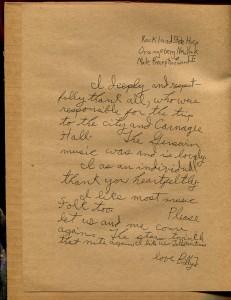
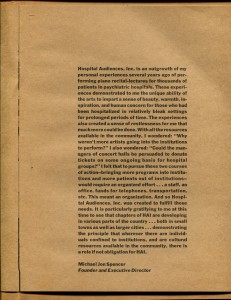
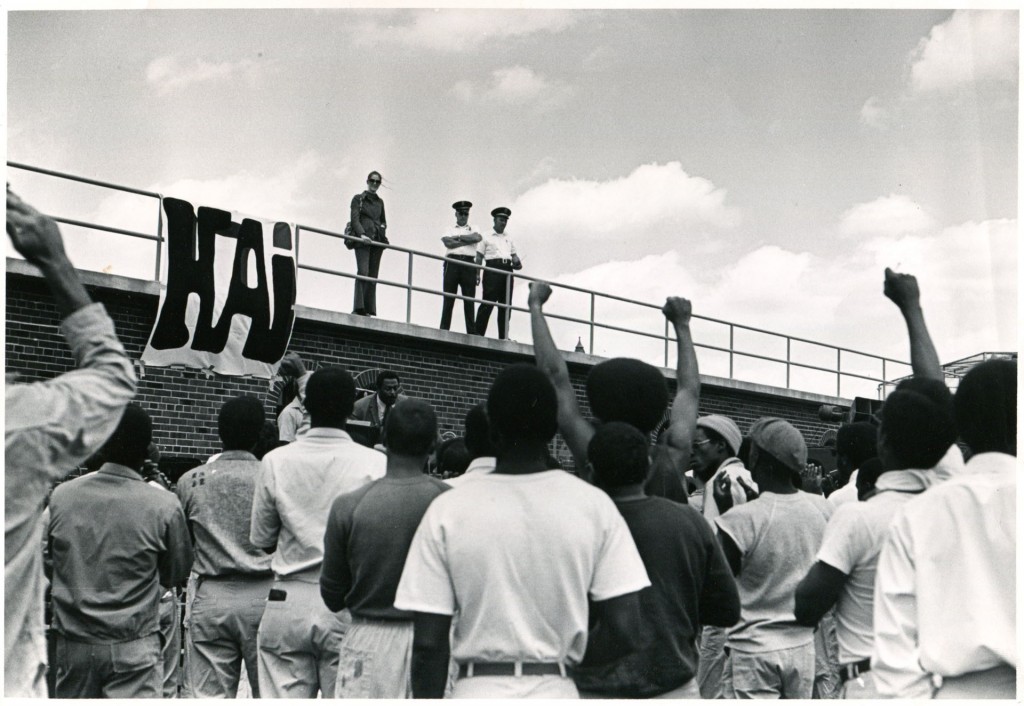


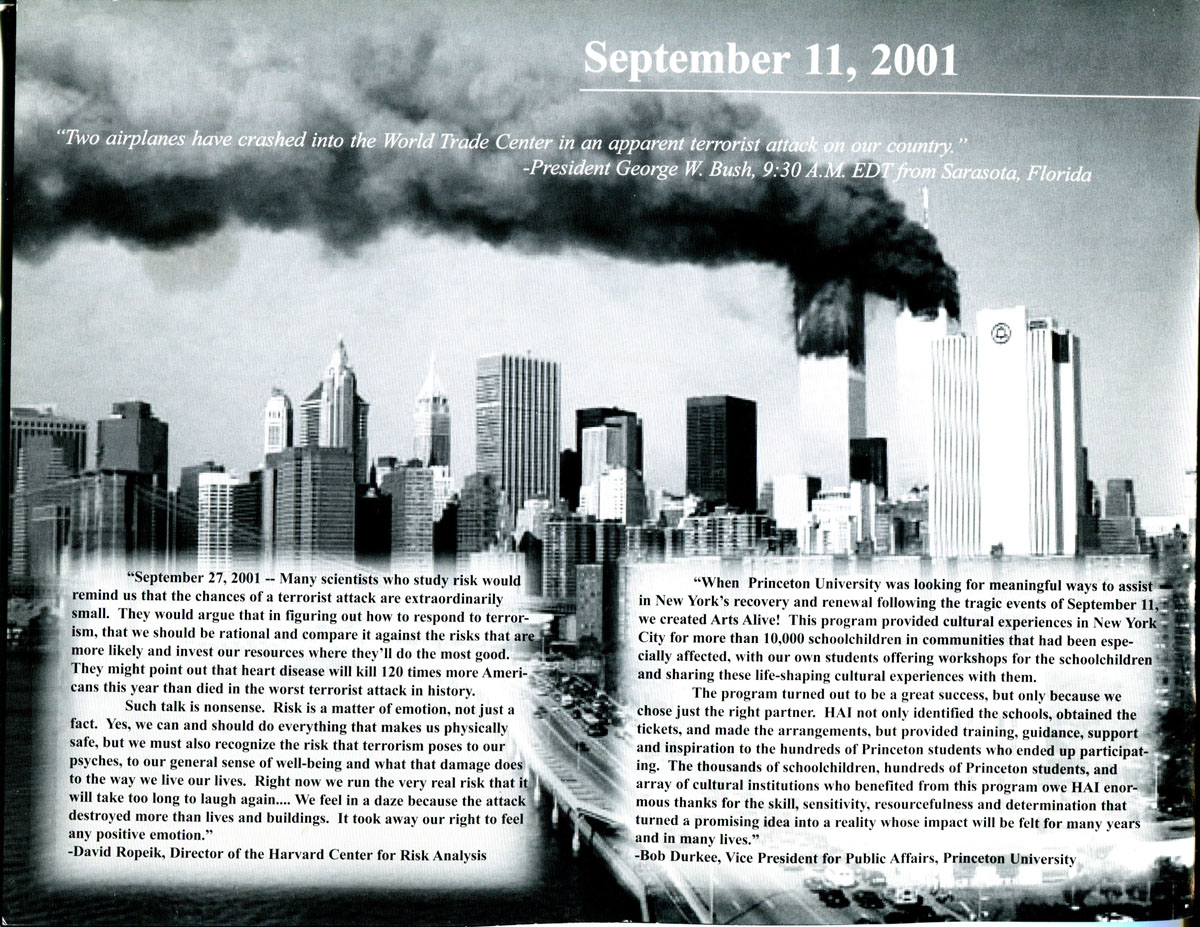
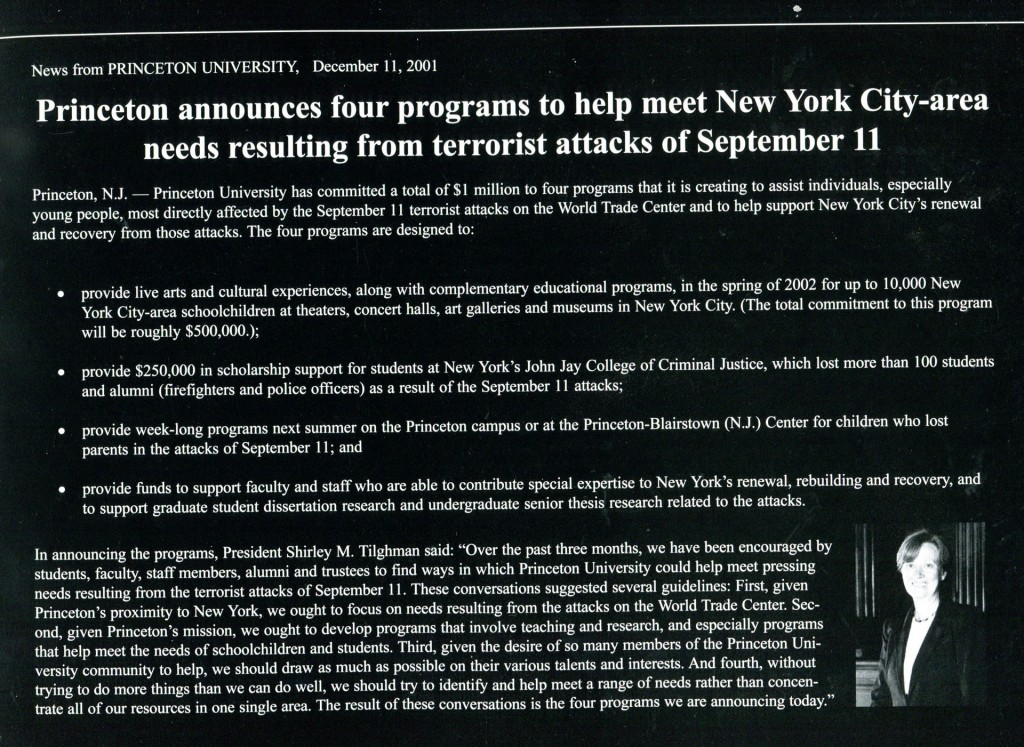
Leave a Reply